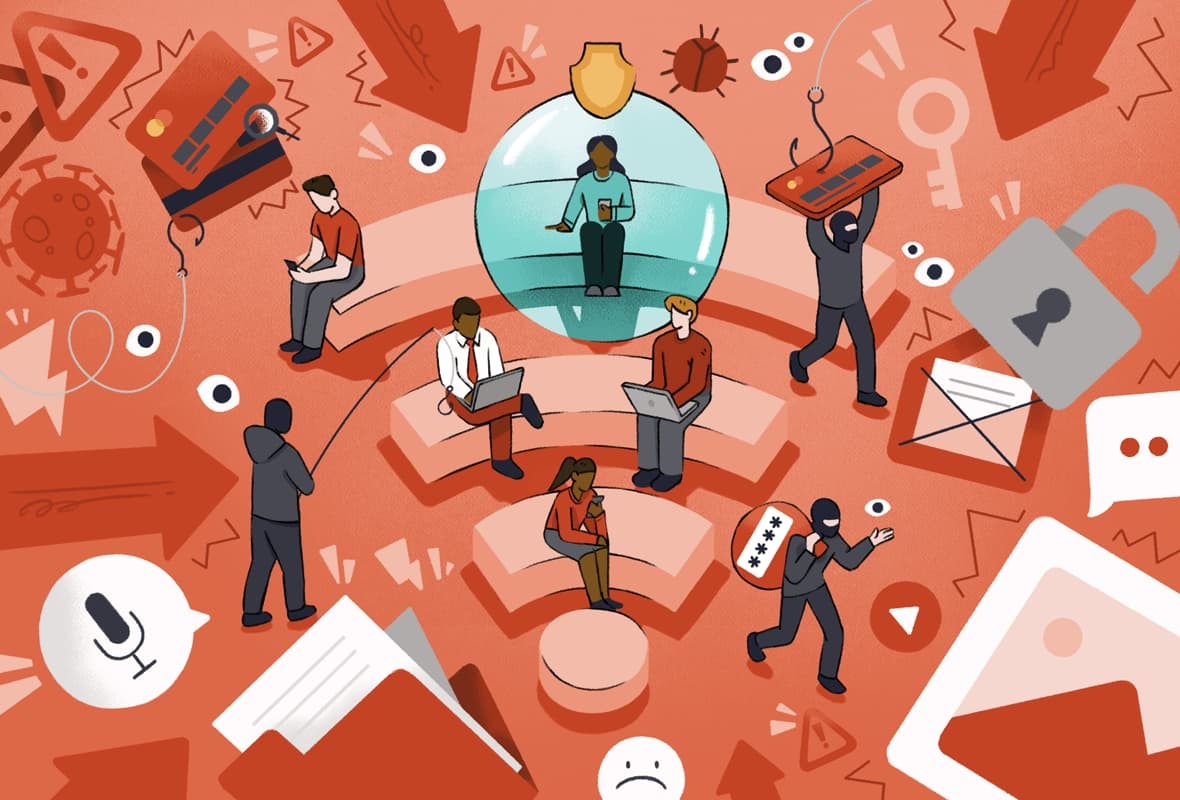Text-to-Video AI: Tools and Platforms to Watch
Text-to-Video AI is revolutionizing the way we create and consume video content. This technology leverages advanced algorithms and machine learning to transform written text into engaging video formats. By simply inputting a text prompt, users can generate videos that include visuals, animations, voiceovers, and background music, making content creation more accessible and efficient.
One of the primary advantages of Text-to-Video AI is its ability to save time and resources. Traditional video production can be time-consuming and costly, requiring a team of professionals to handle scripting, filming, editing, and post-production. With Text-to-Video AI, much of this process is automated. For instance, platforms like Kapwing and VEED.IO allow users to input text and receive a fully edited video in a matter of minutes. This automation not only speeds up the production process but also reduces the need for extensive technical skills, enabling more people to create high-quality videos.
Another significant benefit is the ability to personalize content at scale. Text-to-Video AI can generate videos tailored to specific audiences or individual preferences. This is particularly useful for marketing and educational content, where personalized messages can significantly enhance engagement and effectiveness. For example, businesses can create personalized video messages for their customers, while educators can develop customized learning materials for their students.
Moreover, Text-to-Video AI is enhancing accessibility. By converting text into video, information becomes more digestible and engaging for a broader audience. This is especially important in today’s digital age, where video content is increasingly preferred over text. Videos can convey complex information more effectively through visual aids and narration, making it easier for viewers to understand and retain information. Additionally, features like subtitles and voiceovers in multiple languages ensure that content is accessible to non-native speakers and individuals with hearing impairments.
The integration of AI in video creation also opens up new creative possibilities. AI can analyze the text to identify key themes and emotions, selecting appropriate visuals and audio to match the content’s tone. This results in more dynamic and emotionally resonant videos. For instance, AI can choose upbeat music and vibrant visuals for a motivational video or somber tones and imagery for a more serious topic.
Despite its many advantages, Text-to-Video AI is not without challenges. Ensuring the accuracy and relevance of the generated content is crucial, as AI may sometimes misinterpret the context or nuances of the text. Additionally, there are concerns about the potential for misuse, such as creating deepfake videos or spreading misinformation. Therefore, it is essential to implement ethical guidelines and robust verification processes to mitigate these risks.
In conclusion, Text-to-Video AI represents a significant advancement in content creation, offering numerous benefits in terms of efficiency, personalization, accessibility, and creativity. As the technology continues to evolve, it is likely to become an integral tool for various industries, from marketing and education to entertainment and beyond.
Text-to-Video AI: Tools and Platforms to Watch
Text-to-Video AI is revolutionizing the way we create and consume video content. This technology leverages advanced algorithms and machine learning to transform written text into engaging video formats. By simply inputting a text prompt, users can generate videos that include visuals, animations, voiceovers, and background music, making content creation more accessible and efficient.
One of the primary advantages of Text-to-Video AI is its ability to save time and resources. Traditional video production can be time-consuming and costly, requiring a team of professionals to handle scripting, filming, editing, and post-production. With Text-to-Video AI, much of this process is automated. For instance, platforms like Kapwing and VEED.IO allow users to input text and receive a fully edited video in a matter of minutes. This automation not only speeds up the production process but also reduces the need for extensive technical skills, enabling more people to create high-quality videos.
Another significant benefit is the ability to personalize content at scale. Text-to-Video AI can generate videos tailored to specific audiences or individual preferences. This is particularly useful for marketing and educational content, where personalized messages can significantly enhance engagement and effectiveness. For example, businesses can create personalized video messages for their customers, while educators can develop customized learning materials for their students.
Moreover, Text-to-Video AI is enhancing accessibility. By converting text into video, information becomes more digestible and engaging for a broader audience. This is especially important in today’s digital age, where video content is increasingly preferred over text. Videos can convey complex information more effectively through visual aids and narration, making it easier for viewers to understand and retain information. Additionally, features like subtitles and voiceovers in multiple languages ensure that content is accessible to non-native speakers and individuals with hearing impairments.
The integration of AI in video creation also opens up new creative possibilities. AI can analyze the text to identify key themes and emotions, selecting appropriate visuals and audio to match the content’s tone. This results in more dynamic and emotionally resonant videos. For instance, AI can choose upbeat music and vibrant visuals for a motivational video or somber tones and imagery for a more serious topic.
Despite its many advantages, Text-to-Video AI is not without challenges. Ensuring the accuracy and relevance of the generated content is crucial, as AI may sometimes misinterpret the context or nuances of the text. Additionally, there are concerns about the potential for misuse, such as creating deepfake videos or spreading misinformation. Therefore, it is essential to implement ethical guidelines and robust verification processes to mitigate these risks.
In conclusion, Text-to-Video AI represents a significant advancement in content creation, offering numerous benefits in terms of efficiency, personalization, accessibility, and creativity. As the technology continues to evolve, it is likely to become an integral tool for various industries, from marketing and education to entertainment and beyond.






